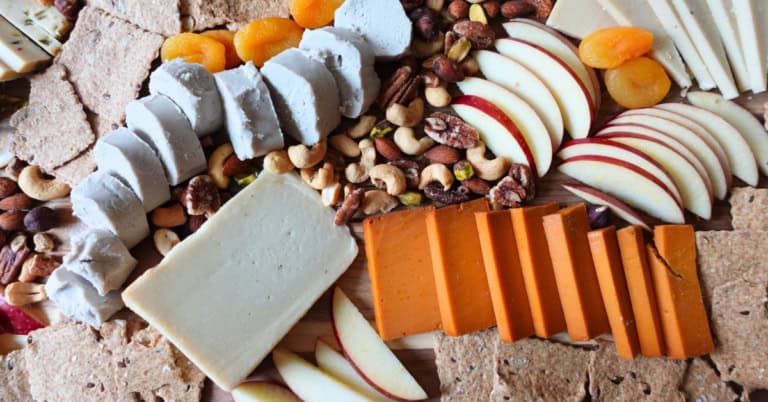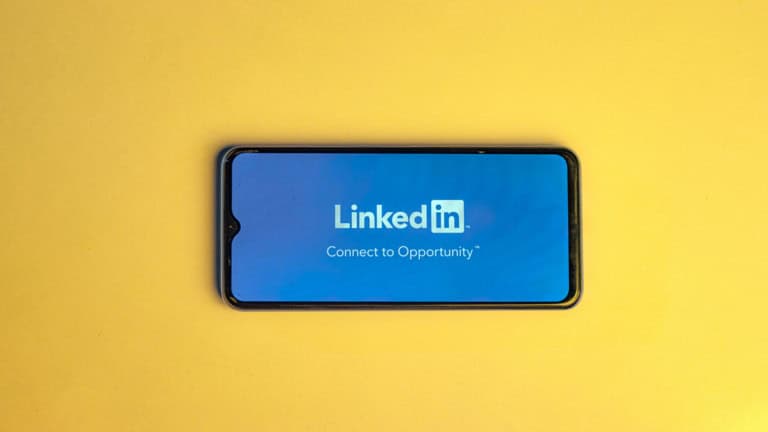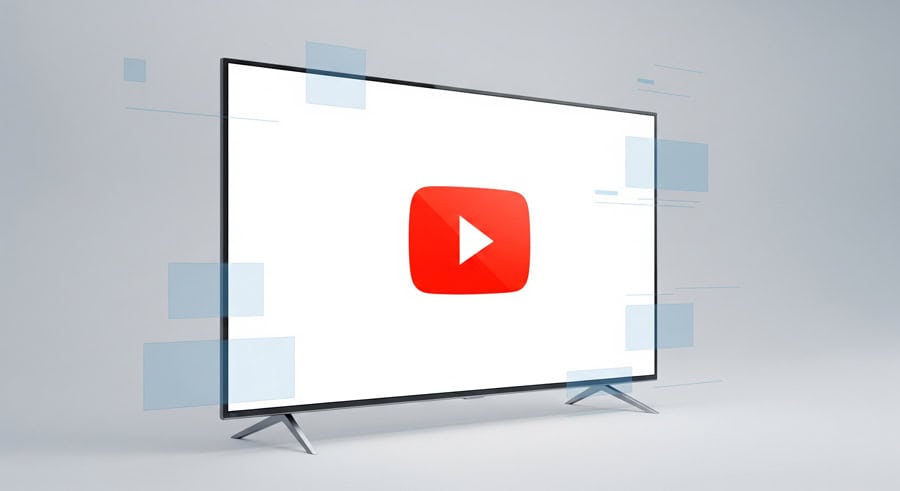
Marketers with limited budgets and bandwidth might be tempted to use the same videos across multiple ad platforms. While this approach seems practical, it’s wise to consider the unique factors of YouTube before you repurpose your Facebook or Instagram videos.
1. Sound-On Experience
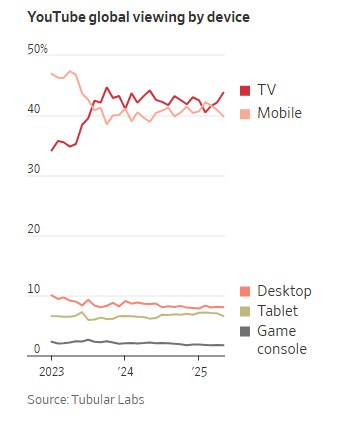
Unlike many social media platforms where videos are often viewed without sound, YouTube is a sound-on experience. This means your ads should use voiceover, dialogue, music, or a combination of these elements. It’s also a good practice to mention your brand name in the audio, especially early in the video, as this has been shown to increase brand lift. Since most videos on YouTube are watched on TVs, assume that people may not be looking at the screen when your ad plays.
2. Production Quality
Since TV is where most YouTube content is viewed, produce your videos with 16×9 placements in mind. Also, it could be jarring if someone is watching a highly-produced show or documentary on YouTube and they’re interrupted by your low-fi video ad. Ensure your videos have a high enough resolution so that they look good on larger screens.
3. Audience Expectations
Most Meta ads are seamlessly integrated into the news feed, and users tend to scroll aimlessly. On YouTube, however, most users are intentionally trying to watch a specific video, and your ad stands in their way. This is an important distinction. Make sure your video ads add value.
For instance, many people visit YouTube to learn something new or to seek out information. Capitalize on that learning mindset by producing ads that teach people something new.
4. Audience Intent
YouTube’s audience targeting capabilities are powerful. You can build a custom audience segment consisting of people making specific search queries, or people who have visited particular URLs. This is an effective tool for reaching people with purchase intent. Consider creating several custom audience segments for different buyer personas, and then tailor your videos for those personas to maximize engagement.
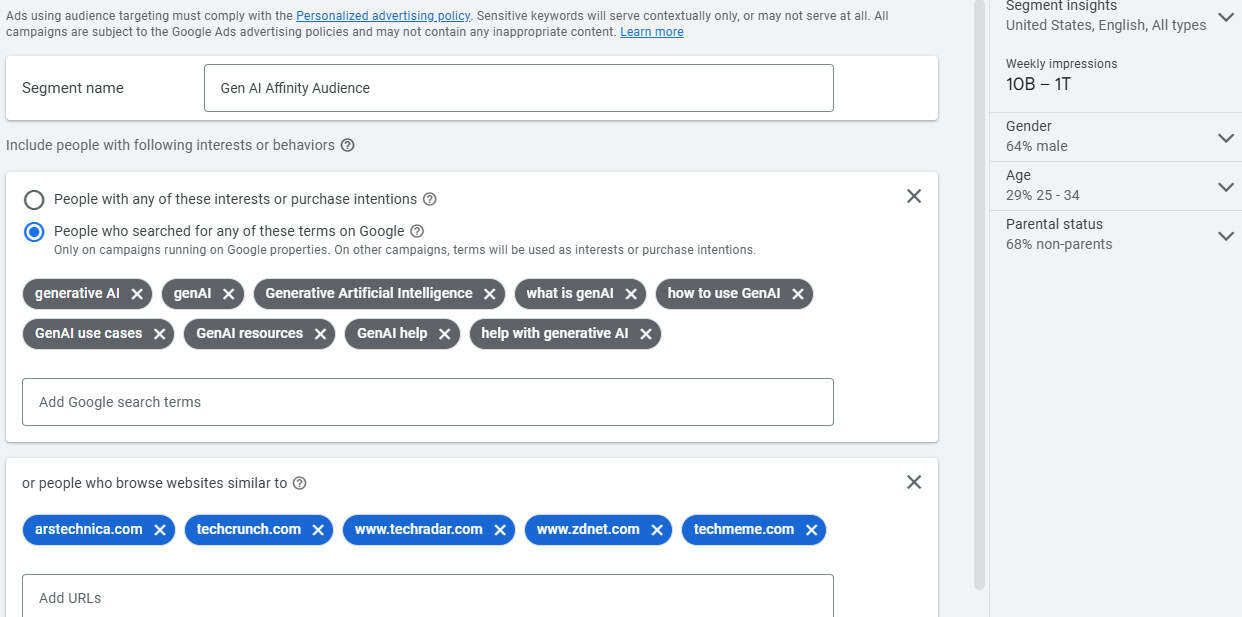
5. Organic and Paid Video Synergy
While Meta tends to be more direct-response oriented and transactional, advertisers on YouTube should play the long game. Grow your audience, tell stories, add value, build trust. This is a winning formula.
Don’t run video ads on YouTube that you would never post organically on your YouTube channel. It defeats the purpose. It’s typical for people to view a YouTube ad and then visit the channel to see additional content. You want continuity between the ads and organic content.
With that in mind, an interesting metric to track is earned views. This is how many people who saw your YouTube ad ended up viewing another video on your linked YouTube channel within seven days of the initial view.
6. Branding Elements For YouTube Videos
YouTube ads generally have a lower click-thru rate than Meta ads, partly due to YouTube viewership habits. However, we often notice a correlation between organic branded search impressions and YouTube ads (see: YouTube Search Lift Test). To maximize ad recall and drive action, try to include these branding elements in your YouTube video ads:
- Logo throughout
- URL throughout
- Some type of CTA (e.g. vanity URL, QR code, short code)
- Make sure your CTA appears visually and audibly
7. YouTube Video Sequencing
Google Ads allows you to set up video ad sequencing, which lets you define the order that a series of videos appears in. This is the equivalent of an email nurture series. It’s a great tool for explaining the steps in a process, introducing a new campaign, telling a story with multiple parts, or unveiling a new product by sharing each value proposition separately.
Rather than creating a video ad in a vacuum, use this sequencing tool to present a unifying theme and convert users over a longer period.
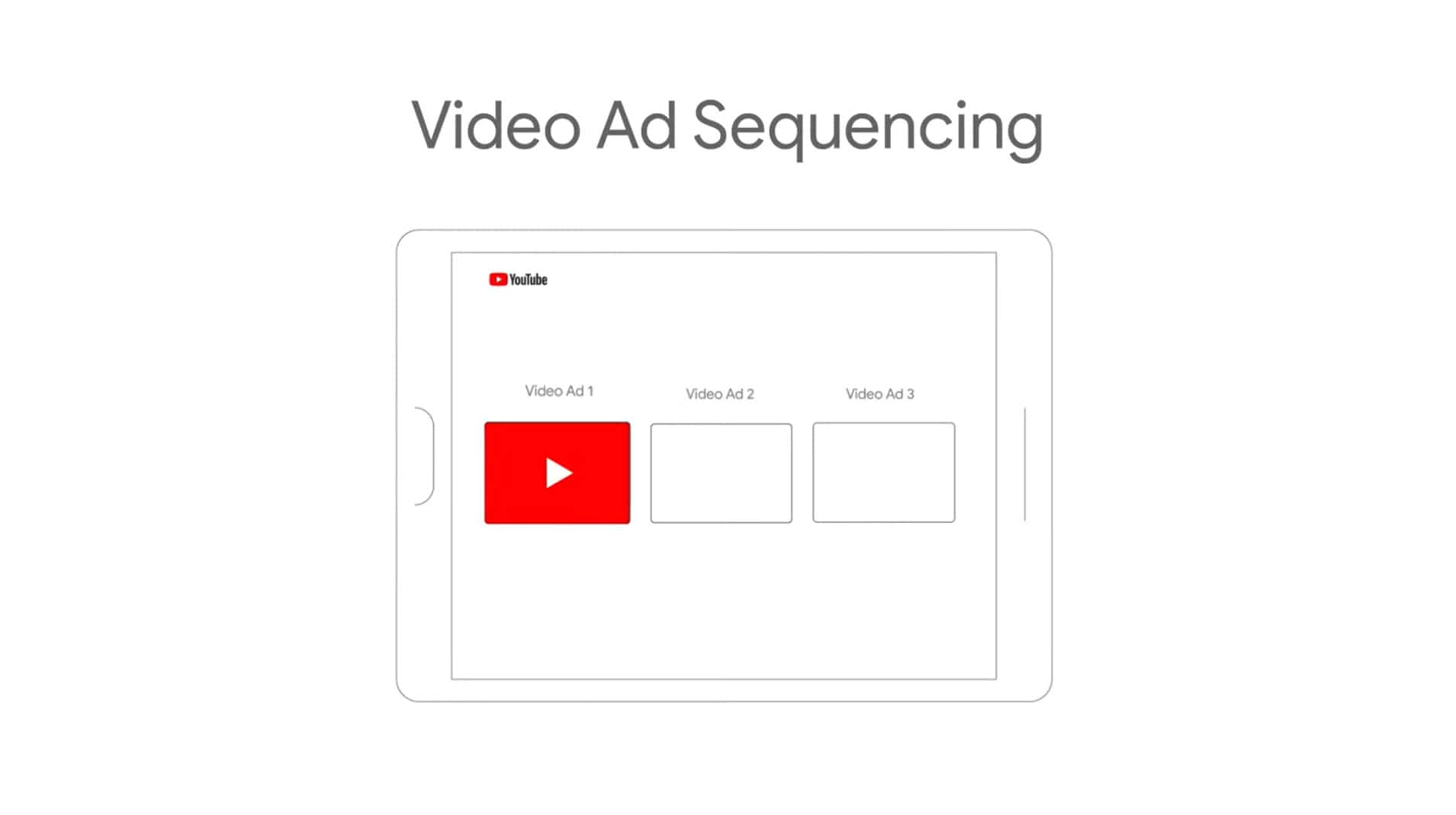
8. YouTube Video Lengths
Consider the creative lengths for these YouTube ad formats:
- Skippable In-Stream Ads: No maximum length, but the skip button appears after five seconds.
- Non-Skippable In-Stream Ads: Must be 15 seconds or shorter. Can be up to 30 seconds on connected TV.
- Bumper Ads: Maximum 6 seconds.
- In-Feed Video Ads: No maximum video length.
- Shorts Ads: Up to 60 seconds.
For skippable ads, put the punchline or climax of your video after the five-second mark to retain viewers longer. As opposed to a traditional story arc (e.g. buildup -> climax/reveal -> offer), you may want to front-load your story arc for this format to maximize view duration.
For non-skippable ads, you have more time to get your point across. This lends itself to longer storytelling.
For bumper ads, since you have such little time, the audio is crucial. Lead with your tagline and CTA.
Other YouTube Resources
Interested in learning more about YouTube? Check out these resources.
- How to capitalize on YouTube’s growth on TV
- Why you should aim for the YouTube partner program
- Use YouTube to appear on AI search overviews
- Maximize your YouTube search lift test
- How to optimize YouTube ad campaign delivery
Do you need help with your video strategy? Want to discuss your YouTube ads? Reach out to us at [email protected] for a free consultation.


